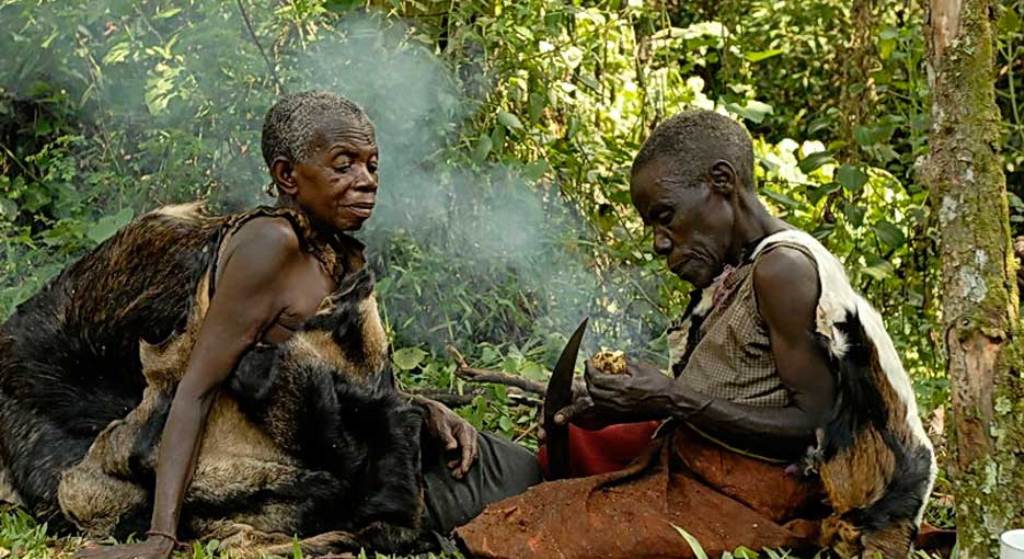The Rise of Slow Travel in a world that seems to be moving faster with each passing day, the concept of slow travel is gaining momentum as a refreshing antidote to the hustle and bustle of modern life. As we yearn for more meaningful experiences and a deeper connection with the places we visit, the rise of slow travel offers a compelling alternative to the rushed itineraries and tourist traps. Let’s delve into this growing trend and explore why more and more travelers are choosing to embrace the journey over the destination. “The Rise of Slow Travel”

The Essence of Slow Travel
Slow travel is not merely a mode of transportation; it’s a philosophy that redefines our relationship with time, space, and the world around us. Rooted in the Slow Movement, which began in the late 1980s as a response to the fast-paced nature of modern life, slow travel encourages travelers to step off the beaten path and truly connect with the places they visit. It’s about valuing quality over quantity, depth over superficiality, and embracing a more mindful approach to exploring the world.
Benefits of Slow Travel
- Cultural Immersion: Slow travel allows us to immerse ourselves in the local culture, traditions, and way of life. By spending more time in one place, we have the opportunity to forge genuine connections with locals, learn their language, and partake in everyday activities.
- The Need for Slow: In the age of instant gratification and hyperconnectivity, the allure of slow travel lies in its ability to counterbalance the frantic pace of contemporary living. It encourages us to pause, reflect, and immerse ourselves fully in the cultures and landscapes we encounter. Slow travel prioritizes quality over quantity, emphasizing the value of genuine experiences over the mere accumulation of passport stamps.
- Reduced Environmental Impact: Flying from place to place contributes significantly to our carbon footprint. Slow travel, often involving trains, buses, or even walking and cycling, offers a more sustainable way to explore the world, minimizing our impact on the environment.
- Personal Growth: The leisurely pace of slow travel provides ample time for introspection and personal growth. Stepping out of our comfort zones and navigating through unfamiliar territories fosters resilience, adaptability, and a greater sense of self-awareness.
- Mindfulness and Relaxation: In a world that rushes by, slow travel allows us to slow down as well. It encourages us to disconnect from the constant stream of notifications and truly be present in the moment, promoting relaxation and mental well-being.
- Uncovering Hidden Gems: Traditional tourist hot-spots often offer a limited perspective of a destination. Slow travel enables us to discover hidden gems, stumble upon local treasures, and explore lesser-known areas that might not make it into guidebooks.

Practical Tips for Slow Travel
- Choose Your Destinations Wisely: Opt for places that resonate with your interests and curiosity. Instead of trying to cover multiple countries in a short span, focus on a single region and delve deep into its offerings.
- Extend Your Stay: Avoid the rush of a short trip by extending your stay in each location. This will give you ample time to explore at your own pace and truly understand the local way of life.
- Use Sustainable Modes of Transport: Whenever possible, opt for trains, buses, ferries, or even bicycles to move between places. Embrace the journey as part of the adventure, rather than just a means to an end.
- Connect with Locals: Engage with the local community through cultural events, workshops, or simply striking up conversations. This will provide you with insights that guidebooks can’t offer.
- Limit Your Itinerary: Don’t succumb to the temptation of packing your schedule with activities. Allow for flexibility, leaving room for spontaneous moments and unexpected discoveries.

Final Thoughts
“The Rise of Slow Travel”
As the world continues to spin at an ever-increasing pace, the allure of slow travel grows stronger. It’s a movement that encourages us to break away from the rush, to immerse ourselves in new cultures, and to appreciate the beauty that lies in the journey itself. By embracing slow travel, we not only enrich our own lives but also contribute to more sustainable and meaningful experiences for the places we visit. So, the next time you plan a trip, consider taking the slow lane—because sometimes, the journey truly is the destination.
You can book a safari with us through: HERE
FAQ
People also ask
- Why is slow tourism becoming more popular?
- What is the history of slow travel?
- What is the concept of slow travel?
- What are the benefits of slow travel?
- What are 5 benefits of traveling?
- What are the advantages and disadvantages of travel?
- What are the three benefits of traveling?
- What is slow travel and how can I embrace it?
- How do you practice slow travel?
- Are slow journeys more meaningful than quick ones?
- How travel transforms you?
- Why traveling changes your life?
- How travel can improve your life?
- How travel has shaped you?
- Why travel makes you smarter and wiser?
- Why travel makes you happy?
- How does travel impact your identity?
- How can I look beautiful while traveling?
- Does travel make you more interesting?
- How does travel bring new experiences?
- What are five ways that you can travel?
- What do people look for when travelling?
- Does Travelling make you more open minded?
- Why do successful people travel?
- Does traveling make memories?







